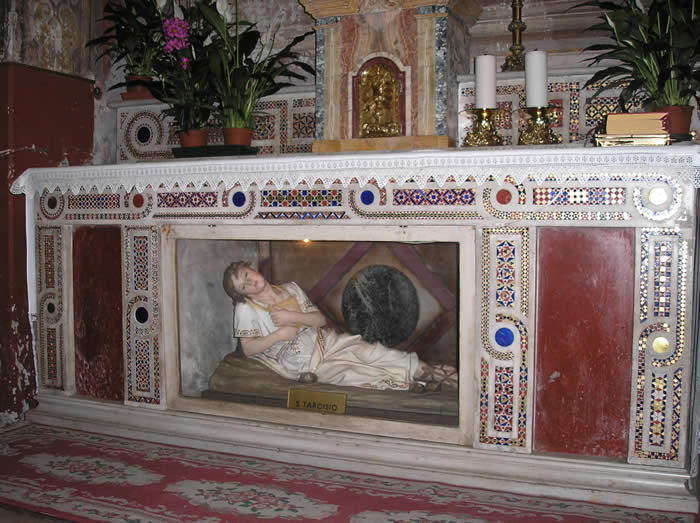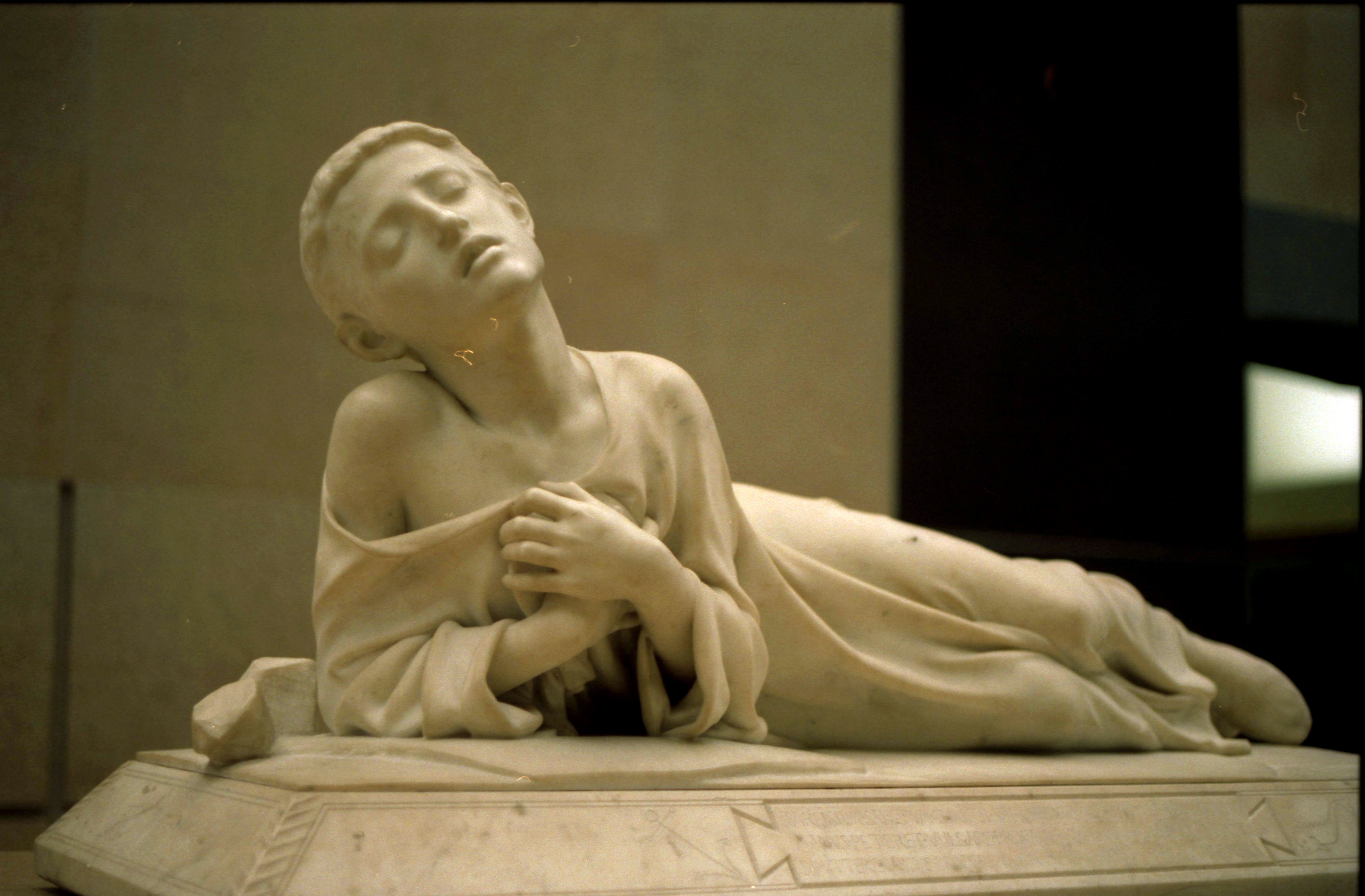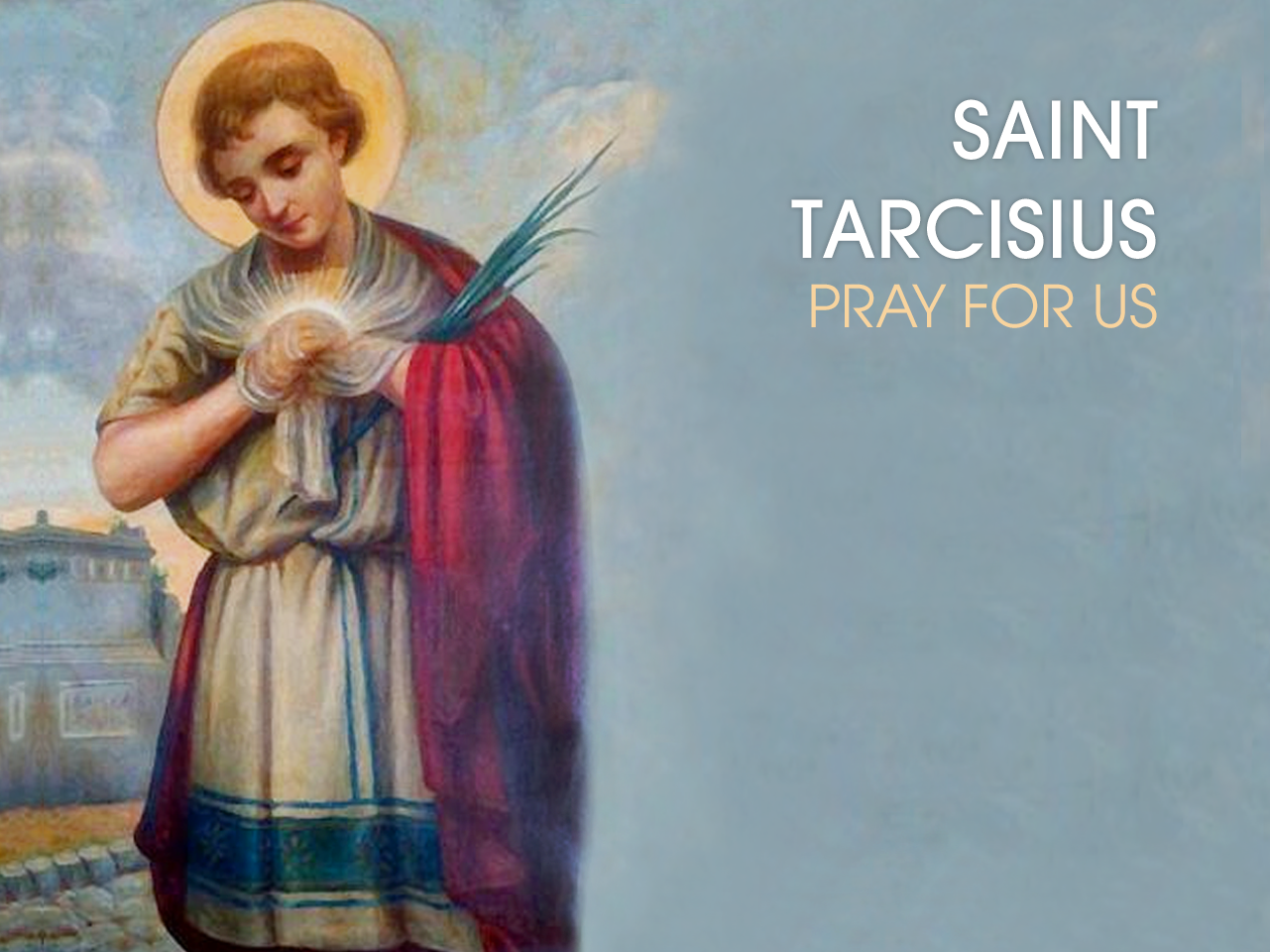Recently, there have been several news stories involving the disrespect and desecration of the Eucharist. Earlier this year, on July 7, 2008, a student at the University of Central Florida, Webster Cook, a student senator, took a Eucharistic host hostage after receiving communion in the student chapel on campus in protest of student fees used for religious services. He was confronted by ushers as he attempted to leave the chapel with the Host. He was finally convinced to return the Host. He was censured by the entire student senate for his actions.
On July 10, 2008, a professor at the University of Minnesota-Morris, Paul Zachary Myers, pledged to desecrate the Eucharistic and asked online if someone would please send him “a frackin’ cracker! Can anyone score me some? I’ll show you sacrilege, gladly…and treat it with profound disrespect and cracker abuse” on his faculty page of the University’s website.
These are both truly ironic, as well as being sad, since it was the Catholic Church which invented the university system.
We speak a lot about and give high praise and regard in this country regarding tolerance of all types of differences among us, as an educated and enlightened view. Apparently, in reality, we haven’t come that far. On July 24, 2008, Myers made good on his pledge. His university blog recorded “I pierced it with a rusty nail and then threw it in the trash.” He also tore pages from the Koran. He also stated online “Nothing must be held sacred.”
As most of you know and all of you can guess, these acts are most serious and most offensive to Catholic sensibilities. They incur excommunication “latae sententiae”, or, automatically, w/o the necessity of any judgment by an ecclesiastical court, assuming, of course, the person was Roman Catholic to begin with. These acts are taken with the same seriousness by the Church as the following:
- abortion
- using violent force against the pope
- committing a sacrilege such as throwing away a consecrated host
- absolving a person with whom one has committed a sin against the sixth commandment (sins against chastity)
- consecrating a bishop without a pontifical mandate
- directly violating the seal of confession, and
- formal apostasy, heresy or schism
Before the 1983 Code of Canon Law, there were two degrees of excommunication: vitandus (shunned, literally “to be avoided”, where the person had to be avoided by other Catholics, and in some respects the Christian commandment for faithful Catholics to “love one’s enemies, and pray for one’s persecutors” was also transcended in regards to this person, since they had known the mercy of the Lord, and by conscious act of their will, had separated themselves from the Body of Christ, rejecting it, as opposed to one who had never been baptized, never come to accept the Lord’s mercy), and toleratus (tolerated, which permitted Catholics to continue to have business and social relationships with the excommunicant).
This distinction no longer applies today, and excommunicated Catholics are still under obligation to attend Mass, even though they are barred from receiving the Eucharist or even taking active part in the liturgy (reading, bringing the offerings, etc.). Indeed, the excommunicant is encouraged to retain some relationship with the Church, as the goal is to encourage them to repent and return to active participation in its life.
In the Middle Ages, formal acts of public excommunication were accompanied by a ceremony wherein a bell was tolled (as for the dead), the Book of the Gospels was closed, and a candle snuffed out – hence the idiom “to condemn with bell, book and candle.” Such public ceremonies are never held today, but exactly the same principles apply. Only in cases where a person’s excommunicable offense is very public and likely to confuse people – as in an apostate bishop ordaining new bishops in public defiance of the Church – is a person’s excommunicated status even announced, and that usually by a simple statement from a church official.
These news stories immediately brought to my mind the story of St Tarcisius, which has always been one of my favorites since I was a boy, as would be natural for a young person, given the youth of St Tarcisius. Kelly and I facilitate pre-cana at St Tarcissus (a spelling variation) Parish here in Chicago.
Pope Damasus I (305-383 AD) wrote the following poem in the 4th century AD in praise of Tarcisius. During the persecution of the Emporer Valerian, (253-260 AD), whom we heard about recently as the cause of Sixtus’ & Lawrence’s demise, and whom himself, according to some accounts, met a most inauspicious fate, but that is a story for another time when you buy me a drink; but, suffice to say it became too dangerous for priests during his reign to take the Blessed Sacrament to Christian prisoners in Rome. So, boys who served the priests during Mass at the altar volunteered for the dangerous duty, it was believed the pagans were less aware of who they were.
Par meritum, quicumque legis, cognosce duorum,
quis Damasus rector titulos post praemia reddit.
Iudaicus populus Stephanum meliora monentem
perculerat saxis, tulerat qui ex hoste tropaeum,
martyrium primus rapuit leuita fidelis.
Tarsicium sanctum Christi sacramenta gerentem
cum male sana manus premeret uulgare profanis,
ipse animam potius uoluit dimittere caesus
prodere quam canibus rabidis caelestia membra.
-Damasi Epigrammata, Maximilian Ihm, 1895, n. 14
“You who read (this), know the equal worth of the two men
For whom the leader Damasus restored the glories after the rewards.
The Jewish people beat down Stephen, teaching better things, with stones,
He who bore the victory away from the enemy first seized martyrdom, a faithful deacon.
When a crowd badly forced holy Tarsicius, carrying the healthful sacraments of Christ,
To spread (them) to wicked people,
He wished to lose his life, murdered,
Rather than to display heavenly portions to mad dogs.”
“At Rome, on the Appian way, the passion of St. Tarcisius the acolyte,
whom pagans met carrying the sacrament of the Body of Christ
and asked him what it was he was carrying.
He deemed it a shameful thing to cast pearls before the swine,
and so was assaulted by them for a long time with clubs and stones
until he gave up the ghost.
When they turned over his body, the sacrilegious assailants could find no trace
of Christ’s Sacrament either in his hands or in his clothing.
The Christians took up the body of the martyr and buried it with honor in the cemetery of Callistus.”
-Alexandre Falguière, (1831–1900), Tarcisius, Christian martyr, 1868, Musée d’Orsay, marble
He was originally buried in the Catacombs of San Callisto, but today his relics rest in the San Silvestro in Capite church in Rome. His feast day is celebrated on 15 August, but, since that day is occupied by the Solemnity of the Assumption of Mary, he is not mentioned in the General Roman Calendar, but only in the Roman Martyrology.

-St Tarcisius statue over his tomb.
Love,
Matthew



